Optimal Timing for Landscape Drainage
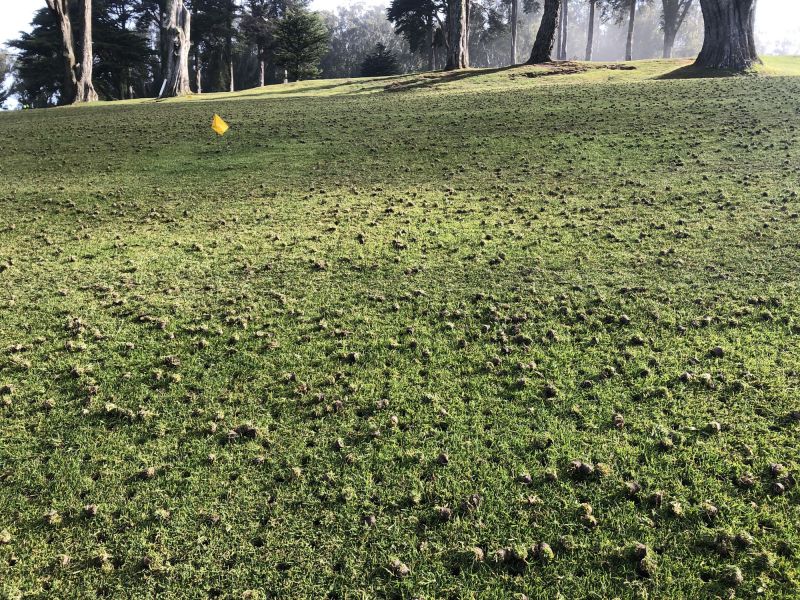
Spring offers optimal conditions with moderate weather and soil moisture for effective drainage setup.
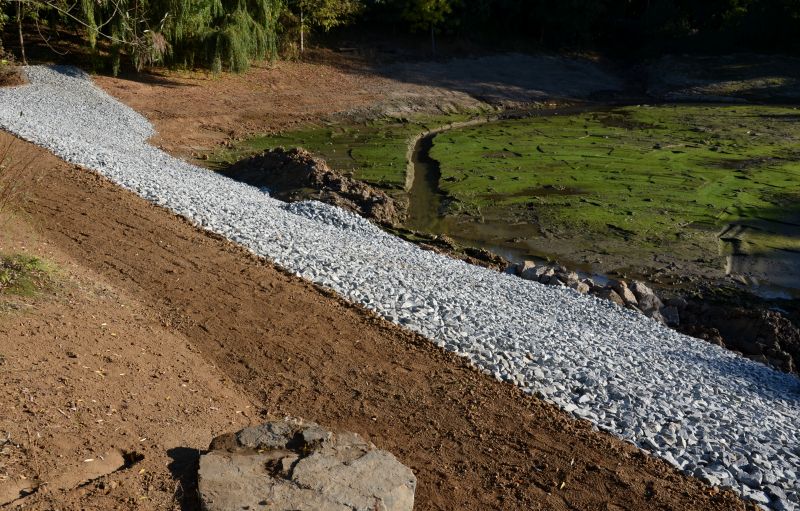
Summer can be suitable if soil is dry and stable, but high temperatures may affect construction processes.
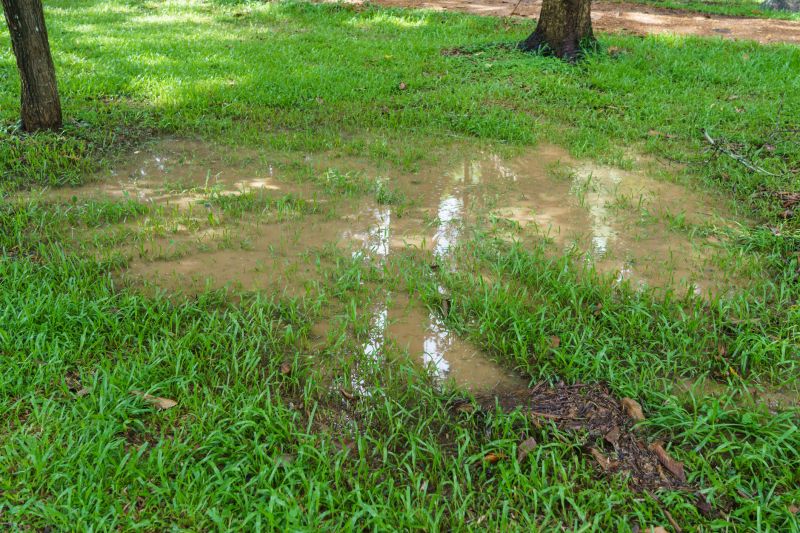
Fall provides cooler temperatures and stable ground, making it a favorable period for landscape drainage projects.
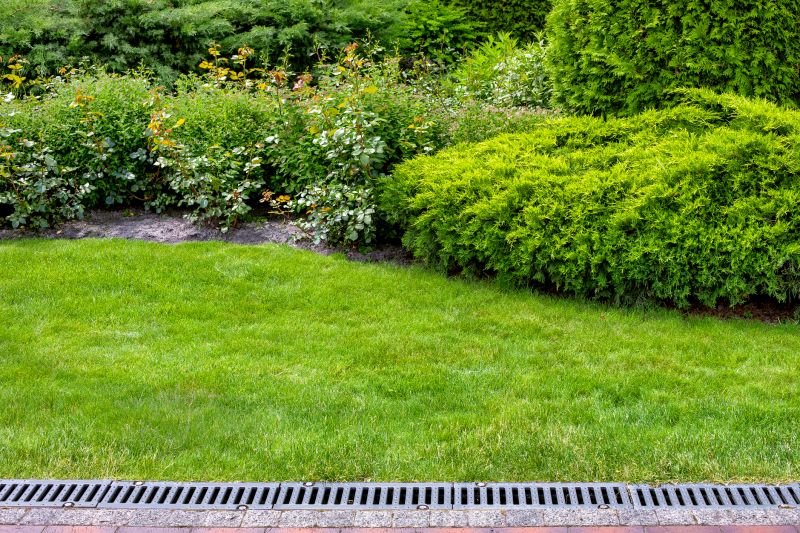
Ways to make Landscape Drainages work in tight or awkward layouts.
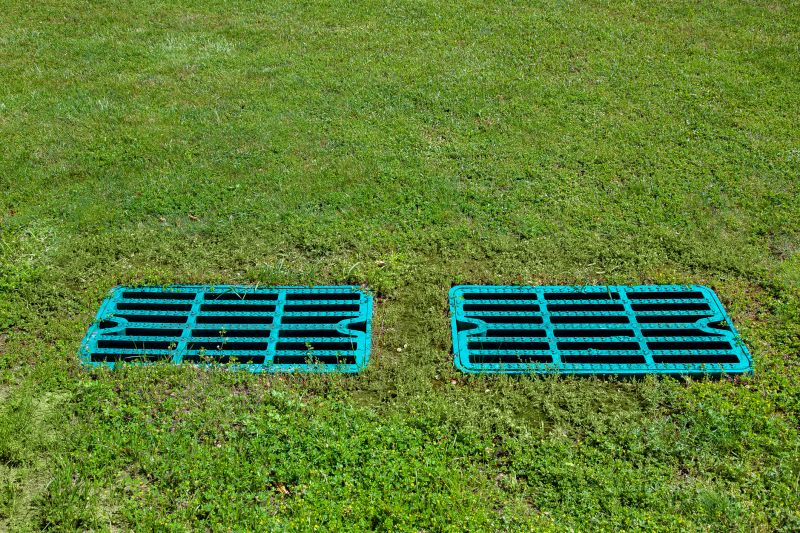
Popular materials for Landscape Drainages and why they hold up over time.
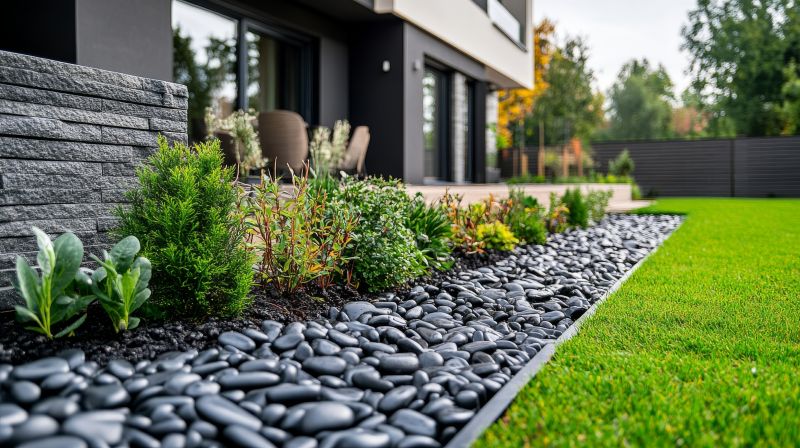
Simple add-ons that improve Landscape Drainages without blowing the budget.
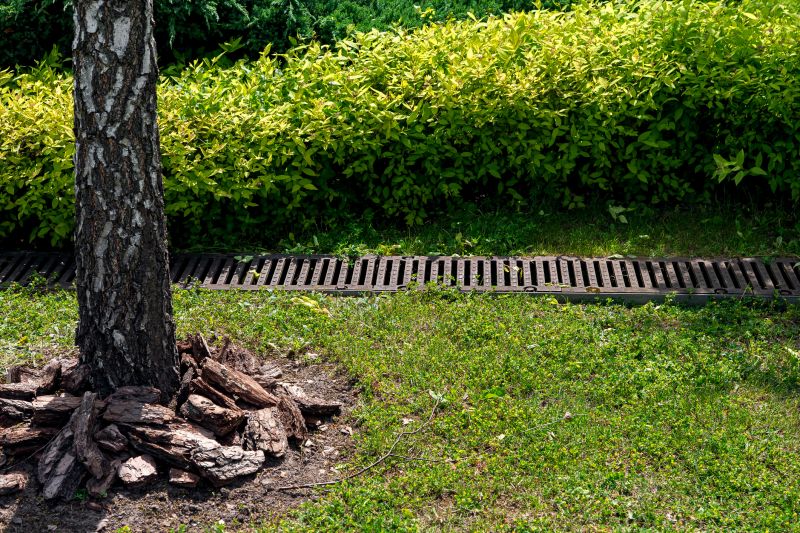
High-end options that actually feel worth it for Landscape Drainages.
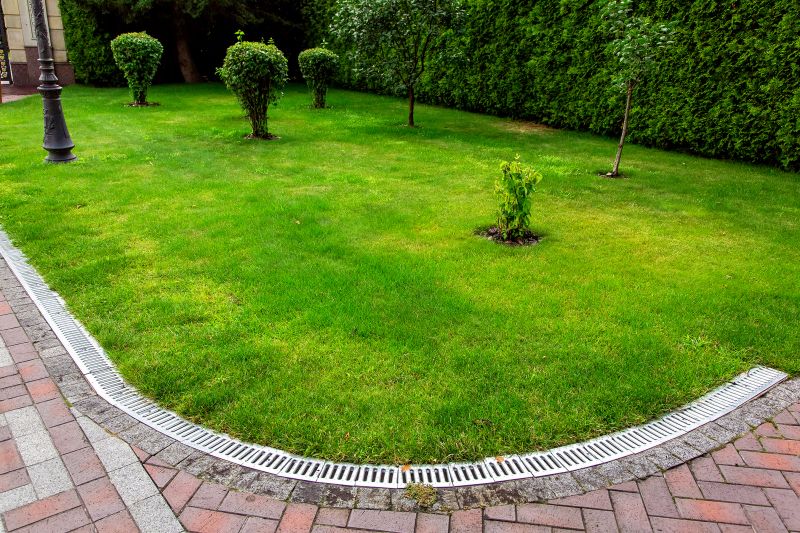
Finishes and colors that play nicely with Landscape Drainages.
Statistics indicate that poorly managed water runoff can cause significant property damage, with some estimates showing that improper drainage contributes to over 50% of landscape-related issues. Planning drainage during optimal weather conditions ensures better soil compaction, easier installation, and longer-lasting systems. The most suitable times for installation are typically during periods of moderate temperature and soil moisture, avoiding extreme cold or heat that can compromise materials and workmanship.
Different drainage systems include French drains, surface drains, and dry wells, each designed for specific landscape needs.
Proper soil preparation before installation enhances drainage efficiency and system longevity.
Regular maintenance is best performed during dry periods to ensure system effectiveness.
Extreme weather conditions can delay drainage projects or affect system performance.
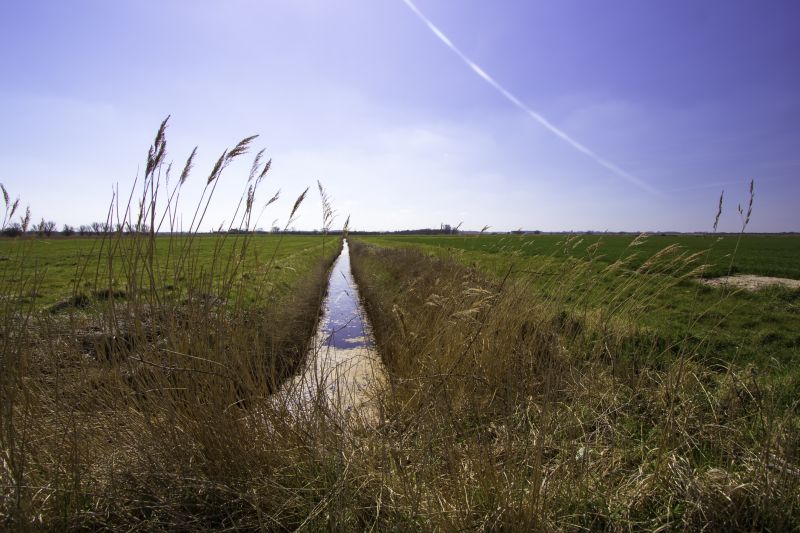
A professional drainage installation during spring ensures proper soil settling and system function.
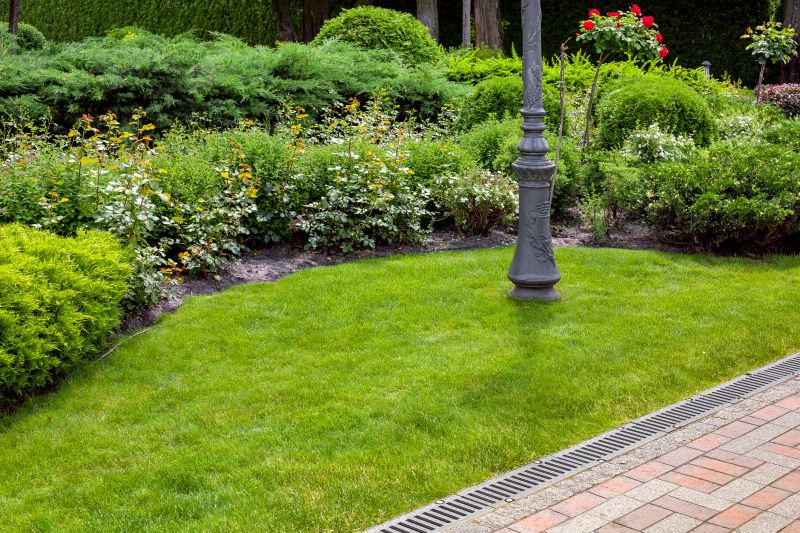
Designing drainage systems in fall allows for optimal soil conditions and project planning.

Components like pipes and gravel beds are best installed during moderate weather for durability.
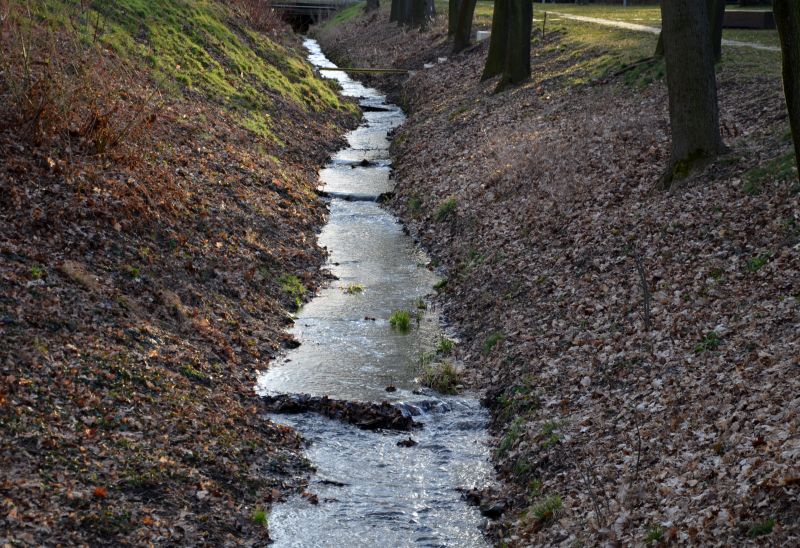
Effective drainage during early seasons prevents erosion and landscape damage.
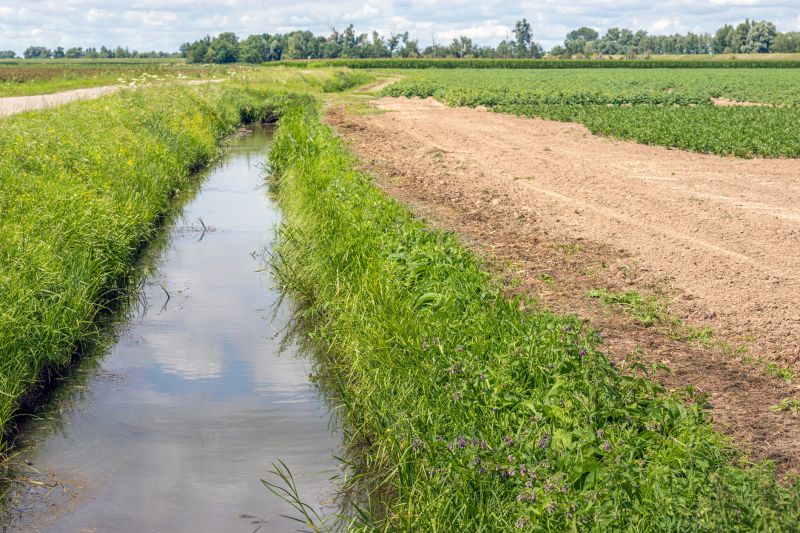
Little measurements that prevent headaches on Landscape Drainages day.
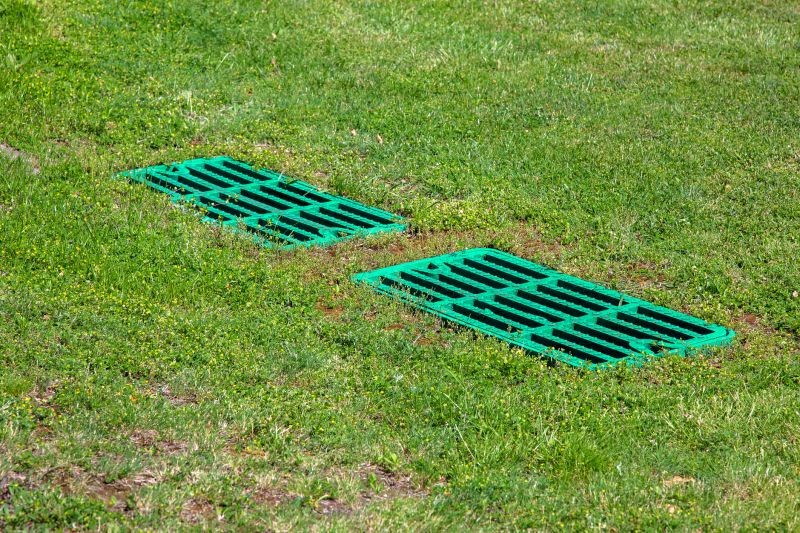
A 60-second routine that keeps Landscape Drainages looking new.
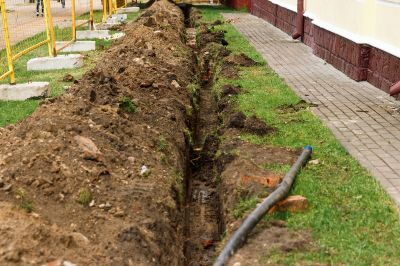
A frequent mistake in Landscape Drainages and how to dodge it.
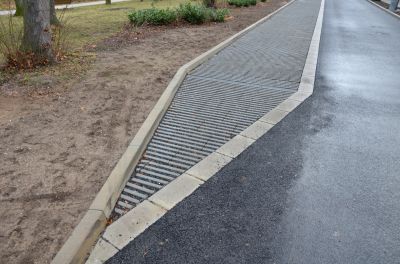
Small tweaks to make Landscape Drainages safer and easier to use.
| Season | Ideal Conditions |
|---|---|
| Spring | Moderate temperatures, moist soil, active plant growth |
| Summer | Dry, stable soil, avoid extreme heat |
| Fall | Cooler temperatures, stable ground, pre-winter preparation |
| Winter | Not recommended due to frozen ground and low soil activity |
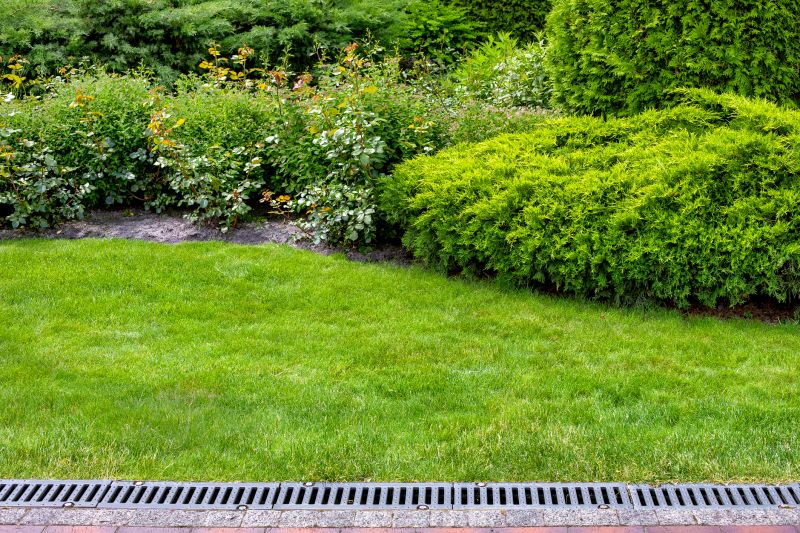
Installation during optimal seasons ensures effective water management.
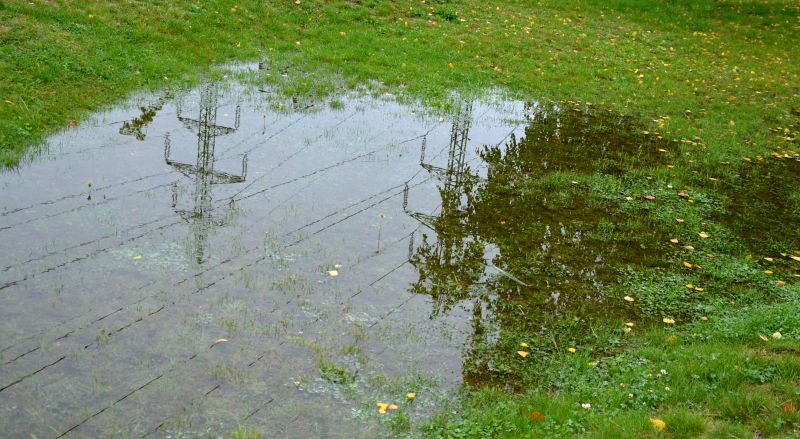
Site assessment and soil testing are best done in spring or fall.

Performing maintenance during dry seasons prolongs system life.
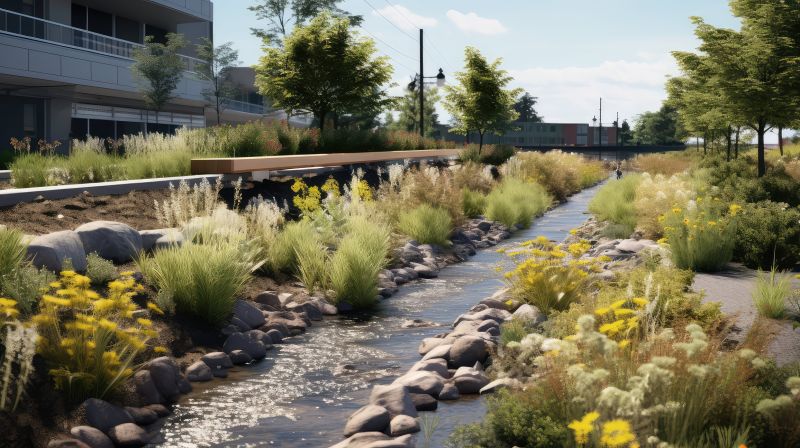
Proper timing of drainage installation minimizes landscape disruption.
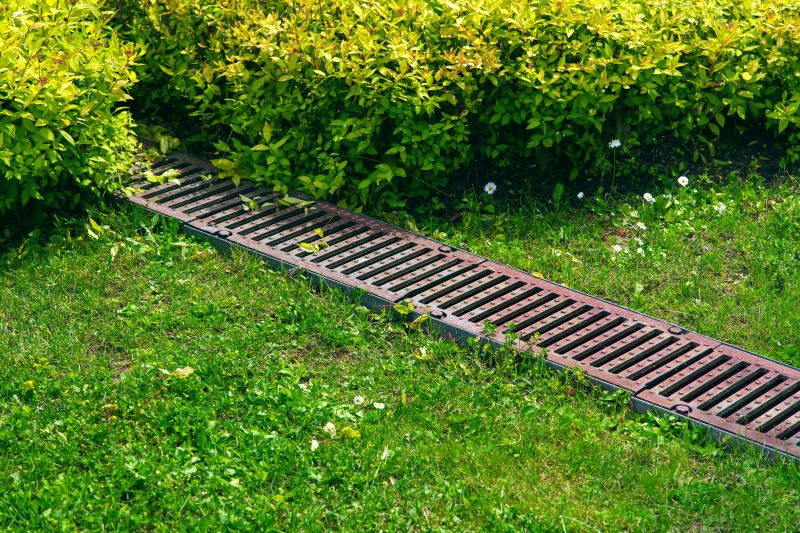
Lower-waste or water-saving choices for Landscape Drainages.
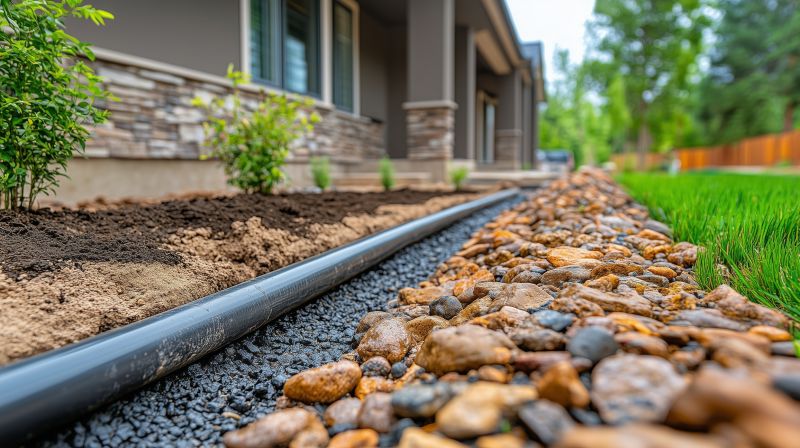
The short, realistic tool list for quality Landscape Drainages.
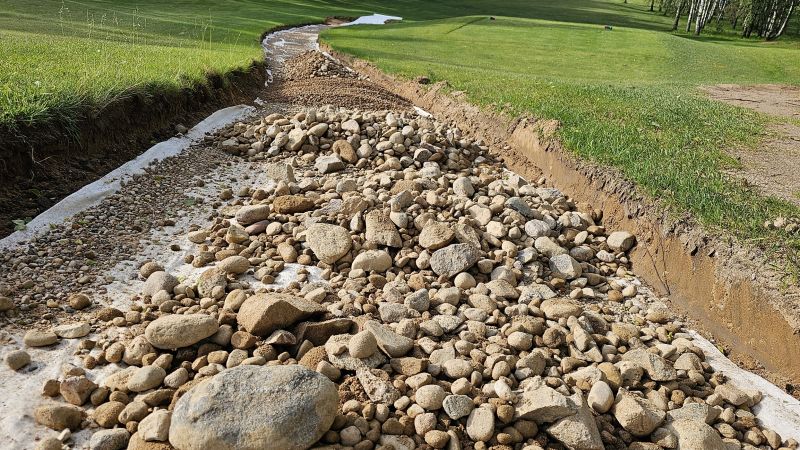
Rough timing from prep to clean-up for Landscape Drainages.
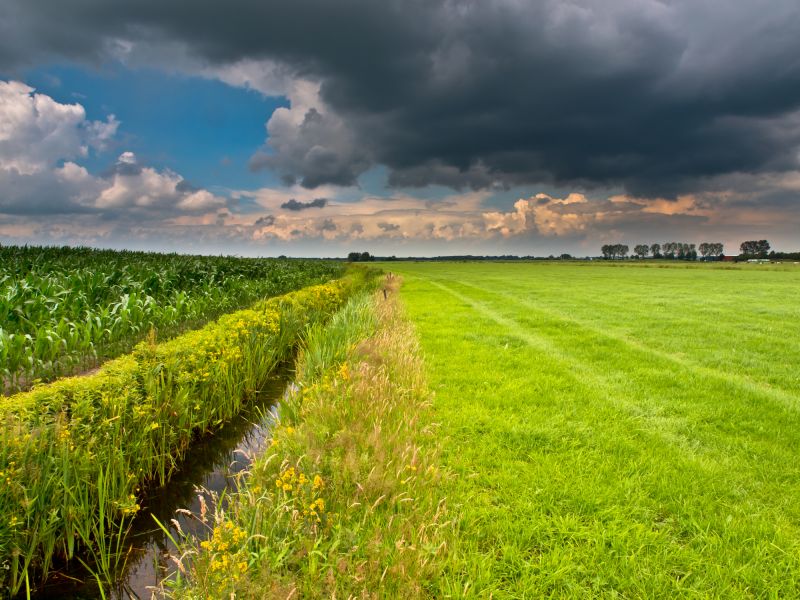
Quick checks and paperwork to keep after Landscape Drainages.
Selecting the right time for landscape drainage projects depends on local climate conditions, soil type, and project scope. Planning during periods of moderate weather enhances installation quality and system durability. Proper timing reduces delays and ensures that drainage systems function effectively for years to come.
Interested in improving water management through landscape drainages? Filling out the contact form can provide further guidance and assistance in scheduling the optimal installation period for specific site conditions.



